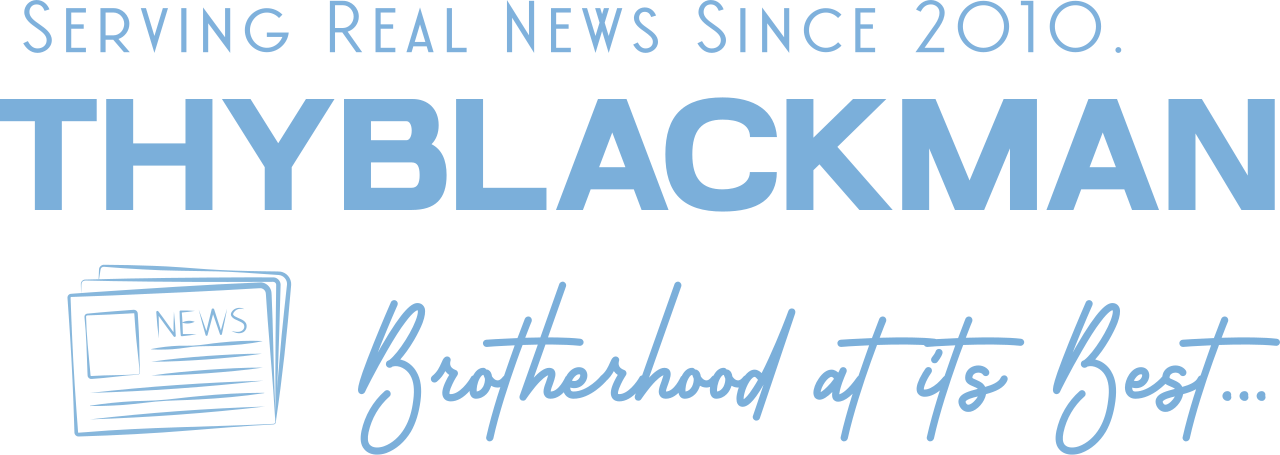(ThyBlackMan.com) It’s a familiar, gut-sinking feeling for any business leader. A key system crashes right before a deadline, the network slows to a crawl during peak hours, or a valued employee wastes another morning struggling with outdated software.
“Persistent IT issues are red flags that your current systems or support model isn’t working.”
The real solution isn’t found in a frantic series of reactive fixes. It requires a fundamental shift towards “IT wellness”—a proactive, preventative strategy that ensures the long-term health, security, and growth of your business.
This article will help you diagnose the problem, understand its root cause, and prescribe the path to a healthier tech future.
Key Takeaways:
- Common tech frustrations like downtime, security fears, and slow systems are symptoms of deeper, preventable IT issues like technical debt and a reactive mindset.
- These “headaches” inflict significant hidden costs on your business by harming productivity, damaging your reputation, and limiting your competitive edge.
- Shifting from a reactive “break-fix” approach to a proactive “IT wellness” strategy is essential for building resilience and enabling future growth.

The Diagnosis: Are You Experiencing These Common Tech Headaches?
This is a practical checklist for self-assessment. How many of these sound painfully familiar?
- Persistent Downtime & Performance Lag: Your team spends too much time waiting for systems to respond and not enough time working. Applications freeze, files take forever to load, and productivity grinds to a halt.
- Nagging Cybersecurity Worries: You feel a constant, low-level anxiety about your Springfield company’s data. You’re not entirely sure if you’re protected from the latest ransomware or phishing attack, and the thought of a breach keeps you up at night.
- Disjointed Data & Integration Nightmares: Your critical business information is trapped in different systems that don’t communicate. This forces your team into hours of manual data entry, leading to costly errors and inefficient workflows.
- Unpredictable & Escalating IT Costs: Your budget is constantly derailed by emergency repairs, unexpected software license renewals, and surprise hardware upgrades. You have no clear picture of what your IT will cost next month, let alone next year.
- Employee Frustration & Productivity Drain: Your talented staff is being held back by their tools, not empowered by them. They complain about slow computers and clunky software, and you can see the impact on morale and output.
If these issues sound familiar, you’re not alone. For businesses trying to grow and thrive right here in our community, these persistent tech problems can feel like a constant anchor. While understanding the root cause is the first step, finding a direct path to a cure requires a proactive and localized approach. Many local businesses are now turning to trusted providers such as a Springfield managed IT services to reduce downtime, improve network reliability, and align technology with day-to-day operations.
The Root Cause: Why Your Tech Problems Never Really Go Away
Constantly patching up symptoms without treating the underlying disease is a recipe for frustration and wasted resources. To truly solve your tech problems, you must understand why they keep happening. The issues you’re facing aren’t random; they stem from a few core, systemic problems.
Technical Debt Think of technical debt like financial debt. It’s the hidden cost you pay later for taking shortcuts today. Every time a quick, temporary fix is chosen over a more robust, long-term solution, you accumulate technical debt. Eventually, the interest on that debt comes due in the form of system instability, security vulnerabilities, and major failures that are far more expensive to fix than the original problem.
The Reactive Trap Many businesses operate in a “break-fix” cycle. You wait for something to fail, then you call for help to fix it. This approach guarantees that you will always be one step behind. It maximizes downtime and puts you at the mercy of technology, rather than putting technology to work for you. A proactive strategy, in contrast, focuses on maintenance and monitoring to prevent problems before they start.
The Relentless Pace of Change Technology is evolving faster than ever. Innovations like artificial intelligence are no longer science fiction; they are becoming essential competitive tools. However, trying to bolt these new capabilities onto an outdated and fragile IT foundation is impossible. As IBM reports, “77% of executives say they need to adopt gen AI quickly to keep up with competitors—only 25% strongly agree that their organization’s IT infrastructure can support scaling AI across the enterprise.” This gap shows how a weak foundation prevents you from seizing new opportunities.
The Hidden Costs: How Tech Headaches Hurt Your Bottom Line
The true cost of poor IT goes far beyond the invoice for a repair. These recurring headaches silently drain your company’s resources, erode its value, and actively hold it back from reaching its potential. It’s time to look past the inconvenience and see the real financial and strategic damage.
Direct Productivity Losses Every minute an employee spends waiting on a slow system or dealing with a crash is a minute of paid time you’re not getting value from. Multiply that by the number of affected employees and the frequency of these issues, and the cost quickly adds up to thousands of dollars in lost wages and missed work.
Reputational Damage & Customer Churn What happens when your customer-facing systems go down? Or when a data breach exposes sensitive client information? In today’s market, trust is fragile. System failures, slow service, and security incidents erode customer confidence and can drive your hard-won clients directly to your competitors.
Escalating Security Risks Neglected systems are a playground for cybercriminals. Unpatched software and poorly configured networks are open doors for ransomware, data theft, and financial fraud. The fallout from a successful attack isn’t just a technical problem; it involves significant financial costs, potential legal liability, and long-lasting damage to your brand’s reputation.
Missed Growth Opportunities Perhaps the most significant hidden cost is the one you can’t easily measure: the opportunities you miss. When your IT is unstable, you can’t confidently adopt the modern tools—like advanced automation, data analytics, or AI—that your competitors are using to become more efficient, make smarter decisions, and gain market share. A shaky foundation keeps your business stuck in the past.
The Cure: Prescribing a Proactive Strategy for IT Wellness
The only way to break the cycle of reactive fixes and escalating costs is to change your entire mindset. The goal isn’t just to fix what’s broken; it’s to cultivate a state of “IT wellness”—an ongoing condition of optimal health, resilience, and performance achieved through strategic foresight and preventative care.
Strategic IT Planning IT wellness starts by aligning your technology directly with your business objectives. Instead of making ad-hoc purchases, you create a strategic roadmap. This means every technology investment is measured against its ability to support your growth plans, improve efficiency, or reduce risk.
Embracing Modern, Resilient Solutions A healthy IT environment is built on modern, flexible technology. Two key areas are transforming how businesses operate:
- Hybrid Cloud Environments: The future of business isn’t just in the cloud; it’s in the right cloud. Hybrid solutions blend the security of private servers with the scalability and cost-effectiveness of public cloud services. This shift is an industry-wide standard, with one report from Splunk from Cisco noting, “Around 51% of IT spending will shift from traditional solutions to cloud infrastructure spending in 2025.”
- Automation: How many hours does your team waste on repetitive, manual tasks? Automating routine processes like data entry, report generation, and system backups not only reduces human error but also frees up your valuable staff to focus on strategic, high-impact work that grows the business.
The Necessity of Expert Partnership For most small and medium-sized businesses, building and maintaining this level of IT wellness in-house is not feasible. It requires a dedicated team with specialized expertise across networking, cybersecurity, cloud computing, and strategic planning. This is where a true IT partner becomes essential.
Your Prescription: How Tech Experts Deliver the Cure
So, what is the most effective prescription for achieving lasting IT wellness? For a growing business, the answer is a partnership with a Managed Service Provider (MSP). An MSP isn’t just a repair service; it functions as your dedicated, outsourced IT department, delivering a comprehensive cure for your tech headaches.
An MSP provides a complete framework for proactive IT management. Here’s how it works:
- Proactive 24/7 Monitoring & Maintenance: An MSP continuously watches over your entire IT environment. They identify and resolve potential issues before they can disrupt your operations, dramatically minimizing downtime and maximizing team productivity.
- Robust Cybersecurity Frameworks: You gain an entire team of security experts dedicated to protecting your business. They implement multi-layered defenses, conduct risk assessments, monitor for threats, and provide a swift, expert response in the event of an incident.
- Strategic IT Guidance (vCIO Services): An MSP provides the high-level expertise of a Chief Information Officer without the executive salary. They help you make smart, forward-thinking technology decisions that align with your budget and support your long-term growth goals.
- Predictable & Controlled IT Costs: The break-fix model leads to unpredictable, often massive, repair bills. With an MSP, you shift to a stable, flat monthly fee that covers all your support, maintenance, and monitoring needs. This makes budgeting simple and eliminates costly surprises.
This model delivers a clear return on investment.
According to a CompTIA survey, “50% of companies who engaged an MSP saved 1–24% in annual IT costs, 33% saved 25–49%, and 13% reported savings of more than 50%.”
Staff Writer; Harry Johnson

















Leave a Reply